How time flies.
I still reminisce about the incredible Lotus Esprit, the wedge-shaped supercar that Roger Moore famously drove under water in the 1977 James Bond movie The Spy Who Loved Me. I had a poster as well as a Matchbox toy of that car.
But it wasn’t the only Lotus in my collection. I also had the Lotus Eclat and the oddball-looking second-generation Elite, which looked like an Esprit up front with a wagon body grafted to the back. They comprised the Lotus range in the ‘70s through early ‘80s. And I loved them all.
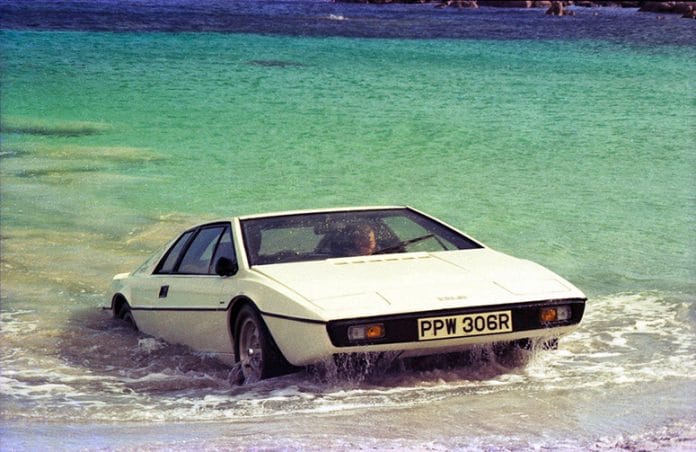
The subsequent years were financially turbulent ones for the legendary British carmaker, with ownership passing to General Motors in 1986. Seven years later, in 1993, GM sold Lotus to a Luxembourg holding company owned by a Italian businessman Romano Artioli, who owned Bugatti at that time. Artioli subsequently sold the company to Proton of Malaysia in 1996.
The now-iconic Lotus Elise was unveiled in 1995. It revolutionizing the low-volume sports car industry with its pioneering use of extruded and bonded aluminum, high-tech composites and lightweight knowhow.
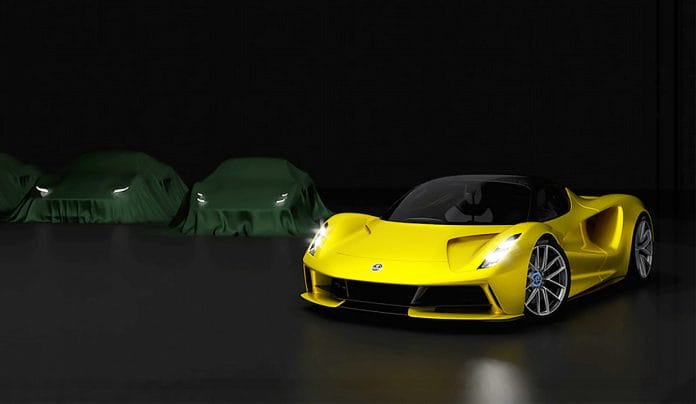
Using the technology pioneered in the Elise, the Exige, launched in 2000, quickly became the epitome of the “race car for the road.” The Exige demonstrated a rare ability to give the driver an involving yet accessible experience on the road, while still managing to lap the most demanding tracks of the world quickly, with the safety and progressiveness expected of a Lotus.
The more powerful and more luxurious Evora, launched in 2008, returned Lotus to the lucrative super-sports car sector as an award-winning and versatile road car that was more driver-focused than its peers. In motorsport, the Evora was successful, too, winning national GT championships around the world and gaining a podium at Le Mans.
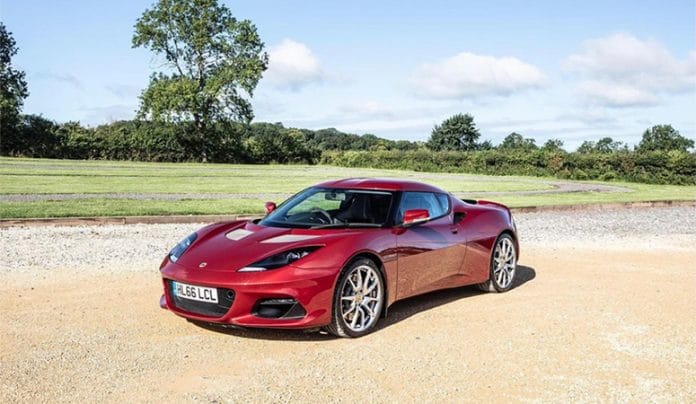
And now, a little over a quarter century since the debut of the Elise, Lotus is set to open a new chapter by announcing a completely new line of sports cars that will take over the Elise/Exige/Evora triumvirate that ends production next year. A new series of sports cars is confirmed, with prototype production of the Lotus Type 131 to commence this year from the company’s world-class manufacturing facility in Hethel, Norfolk.
The new manufacturing investment is part of Lotus’s Vision80 strategy, which will also see the relocation of two Lotus sub-assembly facilities into one efficient central operation in Norwich city to support higher volumes.
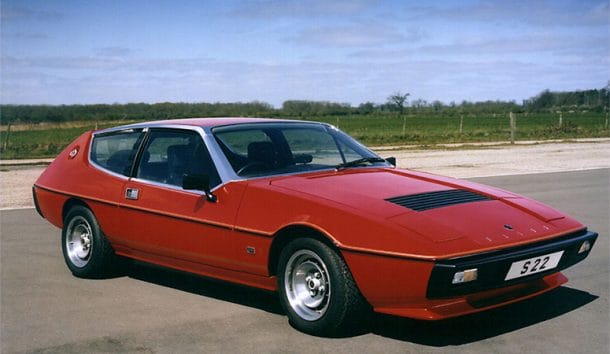
To accompany the £100-million-plus investment into Hethel’s facilities, Lotus will be recruiting some 250 new employees. This is in addition to the 670 to have joined Lotus since September 2017, when shareholders Geely and Etika took ownership of the company.
New recruits are required for roles in engineering and manufacturing for both Lotus Cars and the world-renowned engineering consultancy, Lotus Engineering—which opens its Advanced Technology Centre in Warwick later this year.
To acknowledge the forthcoming family of performance cars, Lotus has released an image that hints at the new generation of products that will follow the Elise, Exige and Evora. A full program of activities is planned to celebrate the current range of three sports cars, starting with the elder, the iconic Lotus Elise.

Future Lotus cars are taking this learning and further developing it to ensure the preservation of that all-important DNA, with the overriding criteria of being ‘For The Drivers.’
Phil Popham, CEO, Lotus Cars, said: “This year will be hugely significant for Lotus with new facilities coming on stream, a new sports car entering production and new levels of efficiency and quality that only a new car design and factory can deliver. Despite the continuing global challenges, Lotus has emerged from 2020 strong and on track in the delivery of our Vision80 business plan.”
He added: “As our Vision80 strategy illustrates, Lotus is all about looking forward, and our future is full of continuous innovation. In 2021, however, we will be reflecting on the legacy of our current range, starting with the Elise, a sports car that genuinely revolutionized the automotive industry, not only because it is a legend-in-its-own-lifetime but also for its impact on car design and technology.”
Matt Windle, Lotus’ executive director, engineering, said: “Our renowned team of engineers, designers and technicians who are working on the new cars are acutely aware of the legacy from the Elise, Exige and Evora. Indeed, many were around when Elise was being developed. Members of our team, old and new, are now busy blending the learnings of the past with the innovations of today and tomorrow, to ensure our future cars truly move the game on but remain firmly committed to Lotus values.”
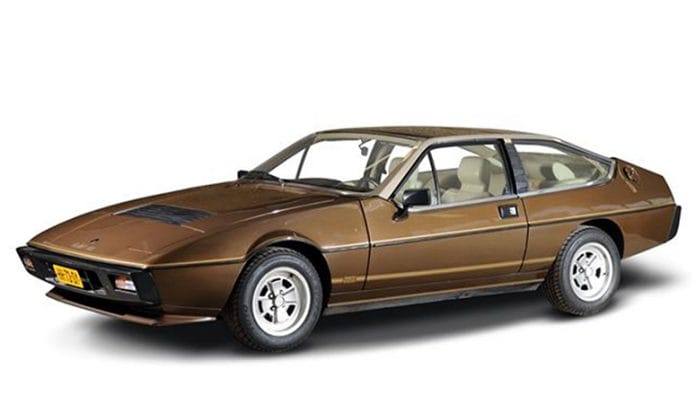
The Elise, Exige and Evora have contributed greatly to the Lotus business over the years, and by the time the last of these models leaves the assembly line, they will have sold a combined 55,000-plus units.
Lotus has created multiple automotive legends over the last 73 years, and with the Evija EV hypercar and new Type 131 sports car, a new dawn of innovation and legend-making is breaking over Hethel.

